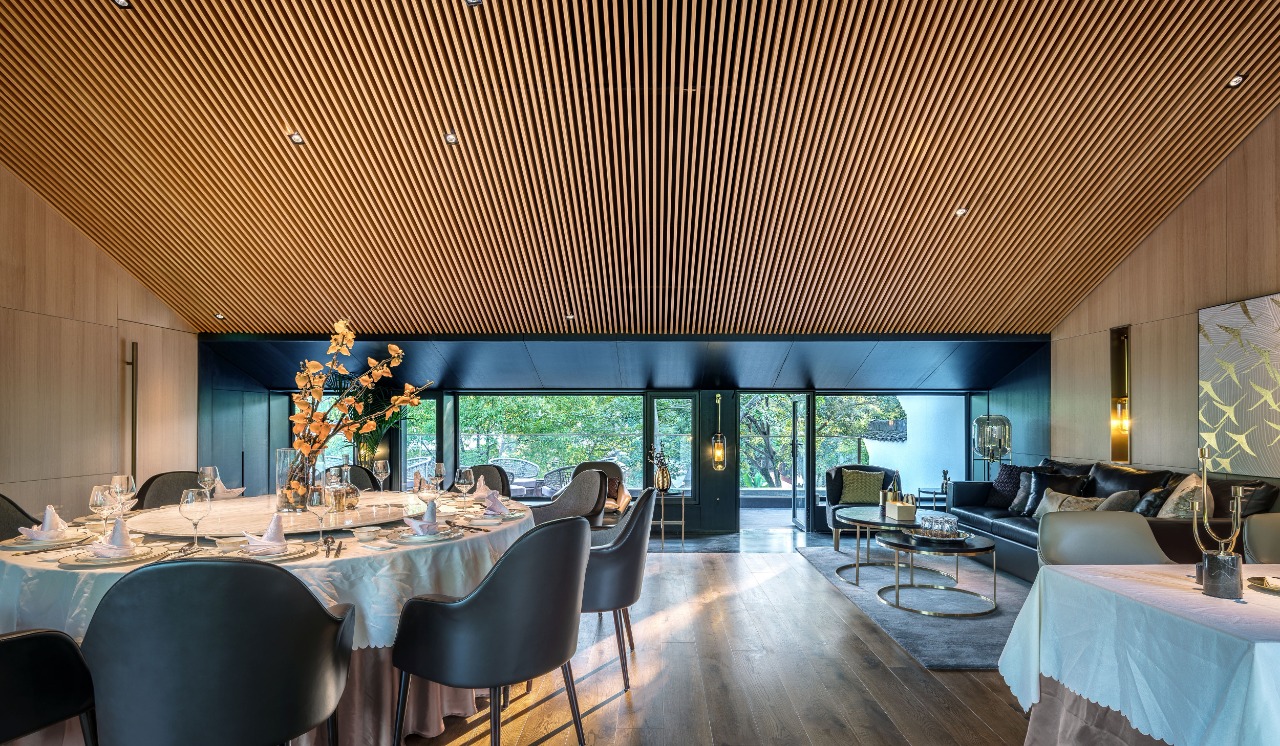Sustainable architecture is building spaces in an attempt to minimize the negative environmental impacts. With newer technology, sustainable ways of building are becoming more prominent. Local and international governments have set a standard for each building material that goes into a project. Assuring that the building material is of high quality is not enough. The material should be sustainable in terms of longevity, recycling and efficiency.
Let’s explore how sustainable architecture influences the circle of life.
Heating, cooling and ventilation
When a space is designed based on the weather conditions and environment, there may be different requirements for heating, cooling and ventilation. In colder weathers, the thermal insulation properties are important. In warmer weather, the cooling system should be efficient. Every space that requires ventilation should be able to achieve so without disrupting the atmospheric balance. In architecture, this is a by-product of thoughtful design and careful selection of building materials. The use of environmentally friendly organic materials is rampant in today’s industry. By using elements that are easily recyclable and made from organic compounds, the risk on the environment is far less. Also, heating and cooling naturally can save more energy. This is achieved by incorporating materials with high thermal properties on walls and ceilings.
An example of efficient materials used for thermal properties are the inclusion of wool fibers in wall panelings and ceiling systems to control the environmental temperature and acoustical quality. Using sustainable materials is better for the environment and health of people than artificial heating and cooling systems.
Renewable energy generation
Renewable energy is an important part of civic infrastructure. The latest developments in architecture allow for sustainable and eco friendly designs.
Solar panels
Solar panels are widely recognized as efficient for renewable energy generation. By using the natural daylight to store energy that can be used for various purposes, solar panels are popular. Whether in cold regions or warmer regions, solar panels are a viable way to control energy consumption sustainably.
Wind turbines
Wind turbines use the natural breeze and wind to power up certain regions. An example of sustainable infrastructure is the use of wind turbines in open lands to harness natural power. This energy can be used to power up a factory, community or agricultural processing unit. However way you look at it, the benefits of setting up a wind turbine are many in the long run.
Solar water heating
Solar water heating is an automated heating system which can be an alternative for an electric geyser. The use of solar energy to heat up water can save a lot of power from being consumed. The renewable energy can efficiently heat up large volumes of water for daily usage. Considering the environmental impacts for sustainability, solar water heating has been widely used in urban areas for energy saving and eco friendly buildings.
Recyclable materials
The most important inclusion to building materials is the recyclable nature, which makes it more friendly for the environment and easily discarded in the event of a rework. By using recyclable materials in creating permanent structures, you are encouraging sustainable architecture. Sustainable architecture is a big part of urbanization that can reverse the negative impacts of changing climates and carbon emissions. Using materials like ecowood are a great start to produce high quality living spaces with sustainable, organic and recyclable materials.
As sustainability is the biggest asset for any building, architecture experts play a vital role in supplying the best materials for eco friendly infrastructure. With the latest innovation and advanced manufacturing technology, the future is bright in terms of sustainability. When you are designing a space, remember that the environment is our best friend. When you can fulfill projects with minimum damage on the environment, you are setting up the future of sustainable living and sustainable building.
Use sustainable building materials for a better infrastructure and longevity.

